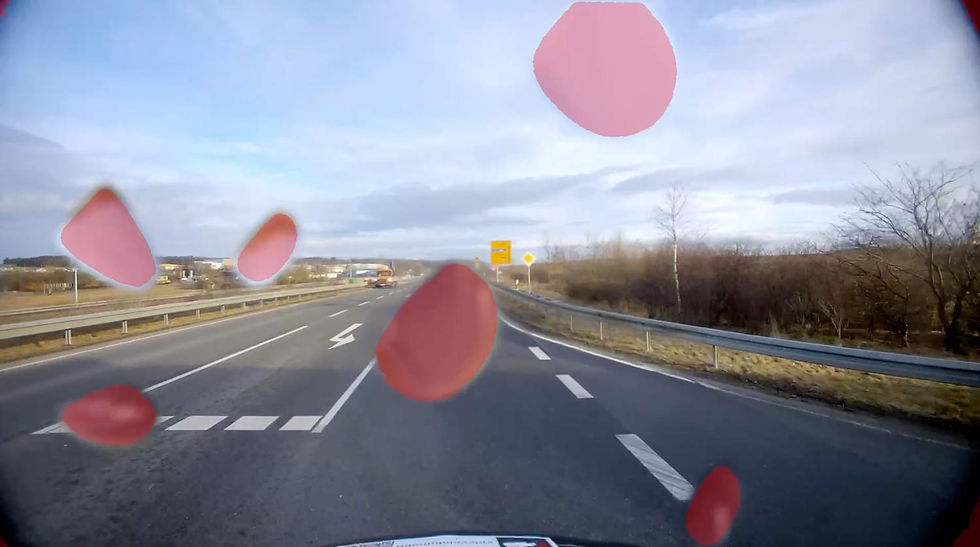

visionairy®
Camera Depth Estimation - IR | EO
Transform any camera into a precise depth sensor—eliminating the need for costly, sparse LiDAR systems.
Why Camera Depth Estimation?
Traditional depth sensors like LiDARs are often expensive, power-hungry, and limited in resolution.
Camera Depth Estimation offers a lightweight, scalable alternative by extracting metric depth directly from standard RGB images—making advanced 3D perception accessible across a wide range of devices and industries.
Cost-Effective
High Resolution - Generates dense, per-pixel depth maps from high-res imagery
Scalable & Versatile
See how it works


Benefits
Low Power Consumption
Ideal for mobile and embedded systems where energy efficiency matters.
Improved Safety
Enables robust perception in scenarios where LiDAR may fail, such as reflective or transparent surfaces.
Seamless Integration
Easily added to existing camera pipelines without hardware changes.
Features
Our Camera Depth Estimation technology turns any standard RGB camera into a powerful depth-sensing device.
Built on advanced deep learning models, it delivers accurate, real-time depth perception without the need for specialized hardware. Explore the features that make our solution scalable, precise, and ready for real-world deployment:
Metric Depth Output- Provides real-world, scale-aware depth (in meters), not just relative disparities.
Dense Depth Maps - Generates per-pixel depth for the entire image, enabling fine-grained 3D understanding.
Monocular or Stereo Input - Works with a single RGB camera or a stereo pair for enhanced accuracy.
Real-Time Inference - Optimized for fast performance on GPUs or edge devices for real-time applications.
Robust to Lighting & Texture - Leverages learned features to estimate depth even in low-texture or variable lighting conditions.
Generalizable Models - Trained on diverse datasets to perform well across different scenes and camera types.
These performance metrics are for demonstrative purposes only, based on configurations with proven results. Actual performance may vary by setup. Our algorithms are optimized for use with any chip, platform, or sensor. Contact us for details.
update rate
5 Hz
initialization time
<10 seconds
Operating Range
0-50m depending on the domain
Supported companion hardware
Nvidia Jetson, ModalAI Voxl2 / Mini, Qualcomm RB5, IMX7, IMX8, Raspberry PI
Basis-SW/OS
Linux, Docker required
Interfaces
ROS2
Input - Sensors
Any type of camera (sensor agnostic)
Input - Data
Camera’s video frames
Output - Data
Depth estimation for every pixel
Minimum
Recommended
RAM
2 GB
4 GB
Storage
40 GB
60 GB
Camera
640 x 480 px, 20 FPS
1280 x 720 px, 60 FPS
The information provided reflects recommended hardware specifications based on insights gained from successful customer projects and integrations. These recommendations are not limitations, and actual requirements may vary depending on the specific configuration.
Our algorithms are compatible with any chip, platform, sensor, and individual configuration. Please contact us for further information.


